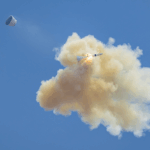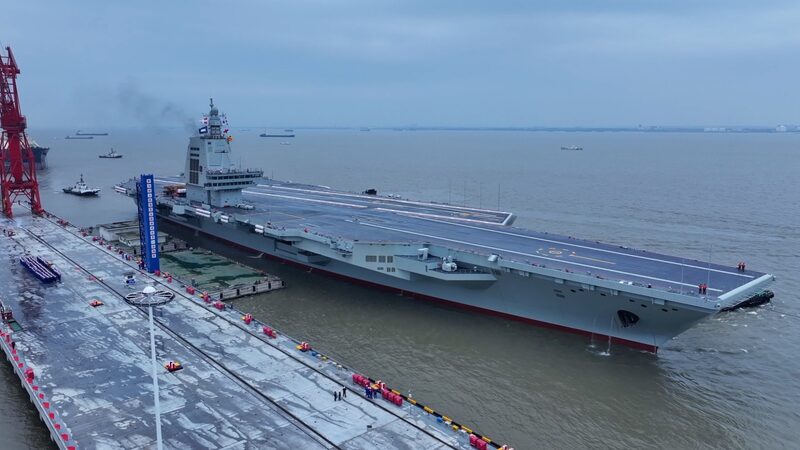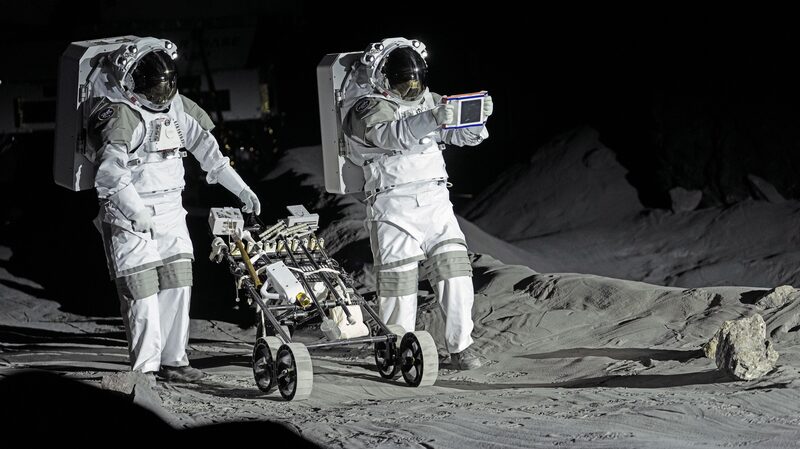China’s lunar ambitions just got a major boost! The Long March-10 carrier rocket—the country’s next-gen spacecraft designed to send astronauts to the moon—has aced a critical fairing separation test, bringing its 2030 lunar landing goal closer to reality. 🛠️
The test, conducted by the China Academy of Launch Vehicle Technology (CALT), confirmed the rocket’s protective fairing (a clamshell-like shield guarding payloads during launch) detached smoothly under planned conditions. With a 5-meter height and diameter, this newly designed component passed all checks, proving its reliability for future missions. 🔬
Why does this matter? Fairing separation is a make-or-break moment in rocket launches. If it fails, the mission could literally go up in smoke. CALT’s success here adds momentum to China’s space program, which has already cleared other hurdles like sub-stage power system tests. 🌌
🧠 Fun Fact: The Long March-10 series is set to play a starring role in China’s moon exploration plans, aiming to land taikonauts (Chinese astronauts) on the lunar surface within six years. Talk about science fiction becoming science fact! 👩🚀
With rigorous testing ongoing, the countdown to 2030 feels more thrilling than ever. Stay tuned as we track humanity’s next giant leap! 🌍✨
Reference(s):
China's Long March-10 carrier rocket passes fairing separation test
cgtn.com



